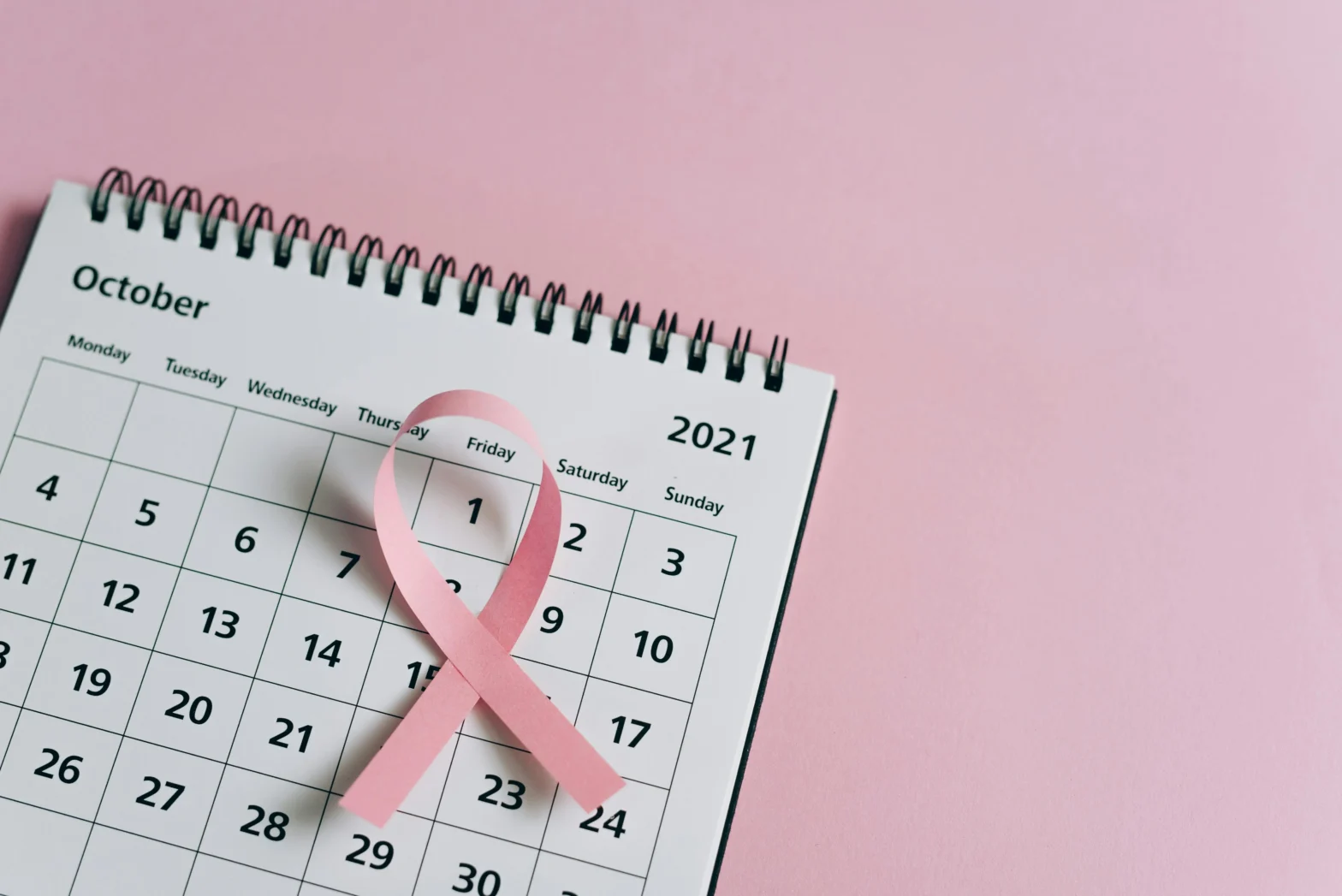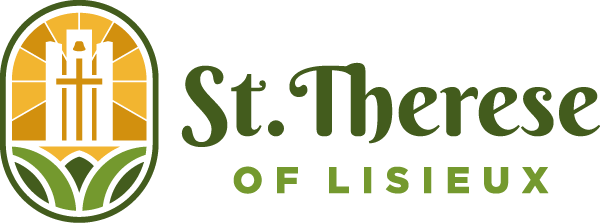National Breast Cancer Awareness Month is a chance to raise awareness about the importance of finding breast cancer early! Breast cancer is one of the most common kinds of cancer in women. After skin cancer, breast cancer is the most common cancer diagnosed in women in the United States. About 1 in 8 women born today in the US will get breast cancer at some point. Although breast cancer occurs primarily in women, men can get it too! Roughly, 1 in 800 men get breast cancer.
The good news is, breast cancer survival rates have increased, and the number of deaths associated with the disease is steadily declining due to earlier detection, new treatments and better understanding of the disease. A mammogram can help find breast cancer early when it’s easier to treat.
Breast cancer occurs when some breast cells begin to grow abnormally and divide more rapidly than healthy cells forming a lump or a mass. Cells may spread to the lymph nodes or to other parts of the body. Researchers have identified hormonal, lifestyle, and environmental factors that increase the risk of developing cancer, but it is unclear why some people with no risk factors develop cancer, while others with risk factors don’t.
About 5-10 percent of breast cancers are linked to gene mutations passed through generations of a family. A number of inherited mutated genes can increase the likelihood of breast cancer, one being the breast cancer gene 1 (BRCA1) and breast cancer gene 2 (BRACA2), both of which significantly increase the risk of breast cancer and ovarian cancer. If you have a strong family history of breast cancer, your doctor may recommend a blood test to help identify specific mutations in BRCA or other genes that are being passed through the family.
Factors associated with an increased risk of breast cancer includebeing female, increased age, personal history of breast cancer or conditions, family history of breast cancer, inherited genes that increase cancer risk, radiation exposure, obesity, beginning your period at a younger age, beginning menopause at an older age, having your first child at an older age, having never been pregnant, postmenopausal hormone therapy and drinking alcohol.
Signs and symptoms of breast cancermay include a breast lump or thickening that feels different from the surrounding tissue, change in the size, shape, or appearance of a breast, dimpling of skin, inverted nipple, peeling, scaling, crusting of areas around the nipple, or redness or pitting of the breast skin.
A breast cancer risk factor is anything that makes it more likely you will get cancer, but having one or even several, does NOT mean you will develop the disease. Many women who develop the disease have no risk factors, other than being a woman. If you find a lump, or notice other changes in your breast, even if you had a recent mammogram, make an appointment with your doctor as soon as possible!
Changes to your daily life that may help reduce your risk of breast cancer include breast cancer screening, breast self-exams, drinking, if at all, in moderation, exercising, limiting postmenopausal hormone therapy, eating a healthy diet and maintaining a healthy weight.
Talk to your mother, sisters, daughters, and girlfriends to spread the word about the importance of good breast health this month! Early detection is the key to keeping healthy and living a long, blessed life.
Adapted from the Mayo Clinic Patient Care and Health Information. 1998-2019 Mayo Foundation for Medical Education and Research.


